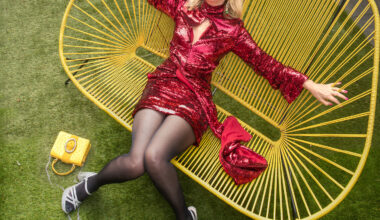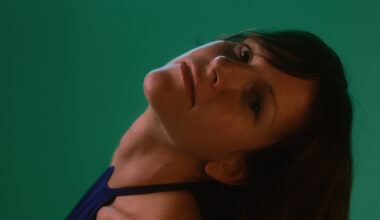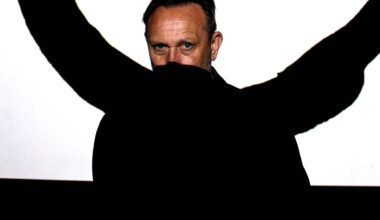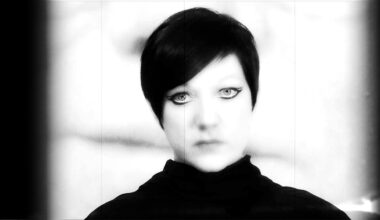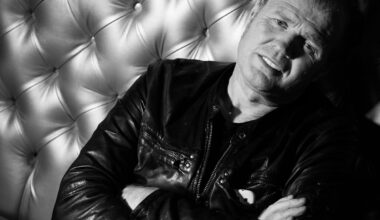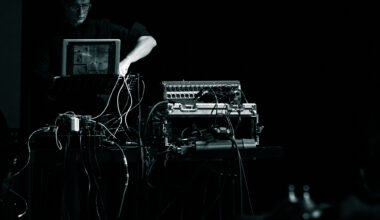On ‘Baba Soirée’, his new collaborative album with Michel Banabila, mechanical instrument maestro Pierre Bastien revels in unusual ways to manipulate the sound of his cornet. His influences are a steady diet of artistic rule-breakers… and tiny circuses
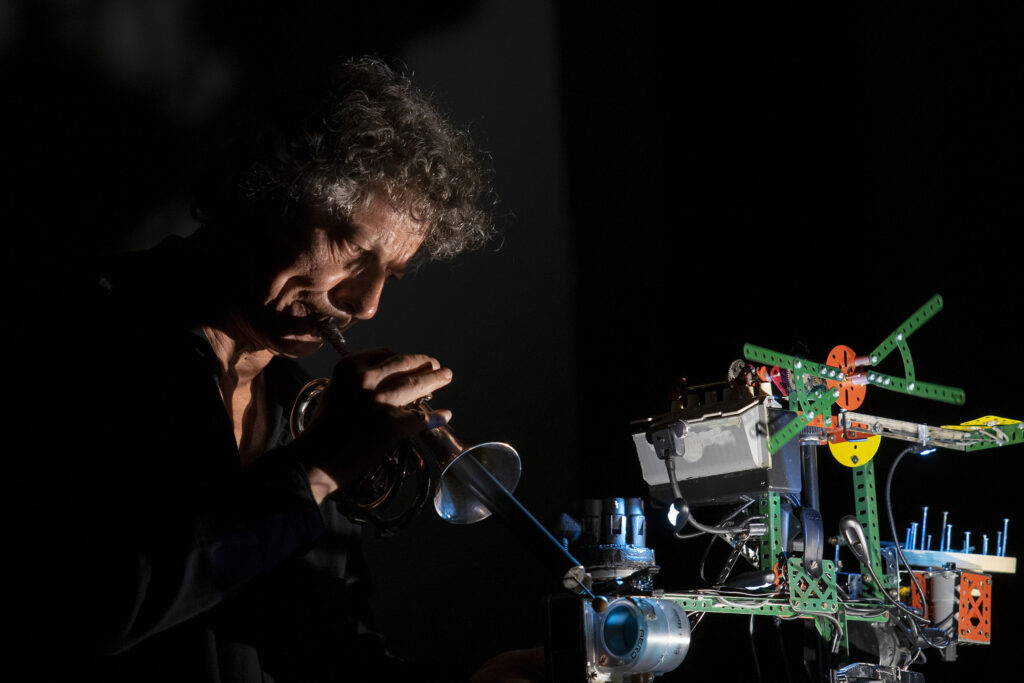
INTERNATIONAL SITUATIONISM
“I read Raoul Vaneigem, the Belgian situationist, at an early age, and it very much influenced my way of thinking about the world. Situationism is not only about art, it’s also about politics and has social aspects. The situationist filmmaker René Viénet took existing films and changed the dialogue so they became something completely different, making Chinese kung fu and Japanese erotic films into political statements.
“I don’t know if I managed this process of détournement in my own work, but I tried. My ‘Mecanology’ installation takes everyday items and makes them into instruments – a toothbrush drumming and a teapot playing like a hi-hat. I think it acts as a sort of détournement. The ashtray does not help the smoker, but it plays percussion. On ‘Baba Soirée’, I mainly use the cornet but always transform the sound using my own kind of mutes which also add extra sounds or notes. I’m always trying to change the trumpet into something else.”
THE ART ENSEMBLE OF CHICAGO
“The first time I heard a concert by the Art Ensemble Of Chicago was in Paris in 1970, when I was 17 years old. It made a huge impression on me. They didn’t have a drummer at that time. They were a quartet and were doing the percussion themselves. I have performed live with drummers, but in my recorded music, despite not being a percussionist, I’ve always played percussion myself or I’ve made machines to play the percussion so I could focus on other sounds.
“The Art Ensemble Of Chicago were probably the only free jazz band playing in other contexts like pop music festivals in Europe. They were a band that could play in different situations and interest pop music listeners. What they were doing was wider than free jazz, it was also an act. It had a lot of different aspects. I very much like not being stuck in any kind of musical movement, and playing music for any type of audience.”
RAYMOND ROUSSEL
“When I was 19 years old, I read Raymond Roussel’s book, ‘Impressions Of Africa’, where he describes his idea for a heat-sensitive, portable music machine in a glass box driven by gears. It’s called the thermodynamic orchestra, and Roussel describes plenty of other fictional sound devices in this book and his other famous work, ‘Locus Solus’. Although he studied at the Paris conservatory, he wasn’t a professional musician – he was a millionaire who lived like an eccentric – but his beautiful descriptions of his devices were a huge inspiration to me.
“Roussel said his works are about imagination – there is very little psychology in them. I think there is also very little psychology in music. When you start playing music, especially your own, you are in another sphere which is made of pure imagination and, to me, Roussel made a literary equivalent of music. Many artists of the 20th century have been inspired by him without knowing it – they quote Marcel Duchamp as an inspiration and Duchamp was himself greatly inspired by Roussel.”
ALEXANDER CALDER
“I love the transparency of Alexander Calder’s work. I once saw 100 of his sculptures in a very large room in a museum in Chicago, and from one corner to the opposite corner, you could see everything. His sculptures are all so light, even if they are heavy in weight. They float in the space they inhabit, and I would like to reach that in my music.
“For me, Calder’s best work is also his smallest. I love the simplicity and complexity of his little ‘Cirque Calder’, because everything works so wonderfully. At first, you wouldn’t expect such movement from the tiny characters like the trapeze artist and the acrobat. I think Hornby’s design of Meccano parts with holes everywhere maybe gives my own musical machines a similar kind of transparency, though I’m not sure I deserve to call my instruments the musical equivalent of Calder’s creations.”
EARLY JAZZ PIONEERS
“The famous jazz critics Nat Shapiro and Nat Hentoff published a book in 1955 called ‘Hear Me Talkin’ To Ya’, which featured early jazz musicians analysing how and why pioneers like Buddy Bolden played the way they did. In New Orleans in the early 20th century the main venue was the French Opera House, but musicians like Bolden were playing their music in the city’s cafes and honky-tonks.
“Most of them were not trained as musicians, so their goal was to develop different techniques for playing music than the ones used at the Opera House – from putting a kazoo in a clarinet to blowing a trumpet into a bucket of water. These alternative techniques have since been forgotten by most jazz musicians. I like the fact they developed something in contrast to the classical music played at the Opera House. I consider myself a self-taught musician, so I like the notion of approaching an instrument without any preconceived ideas or techniques.”
HET APOLLOHUIS
“Paul Panhuysen opened a gallery in Eindhoven in 1980 called Het Apollohuis, which became very important to me and my work. Paul invited artists from places like The Kitchen in New York to create a sort of symposium, and the result was a book called ‘ECHO: The Images Of Sound’. The main idea was that an artist should work on every aspect of a piece, not just an image or a sound. For over 20 years, Het Apollohuis invited artists who were doing sound and sculpture together, and the five catalogues are marvels.
“This gallery became the centre of the world for sound artists, hosting exhibits and four concerts a month until the 2000s. I played there several times myself, but the book was the first time I saw other artists express some of the ideas I had in mind. When you see something printed like that, you can read those ideas again and again and understand your own work better.”
‘Baba Soirée’ by Pierre Bastien & Michel Banabila is out on Pingipung
